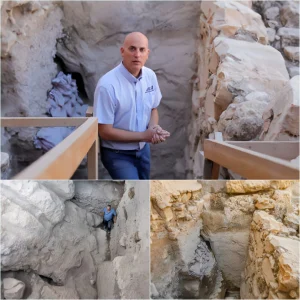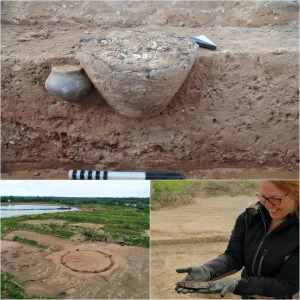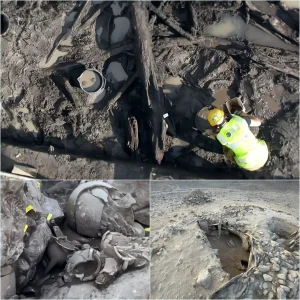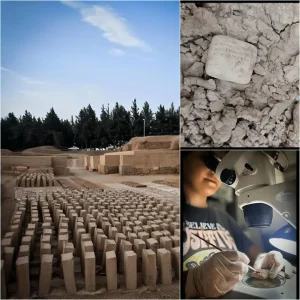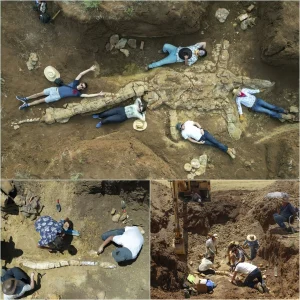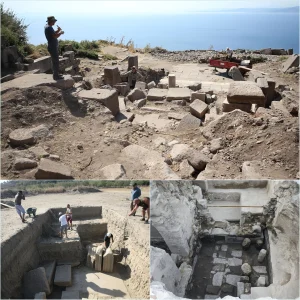Archaeologists exploring Mexico’s newly discovered world’s largest underwater cave system have unveiled remarkable findings, presenting their discoveries on Monday. These include fossils of giant sloths and an intricately designed shrine dedicated to the Mayan god of commerce.
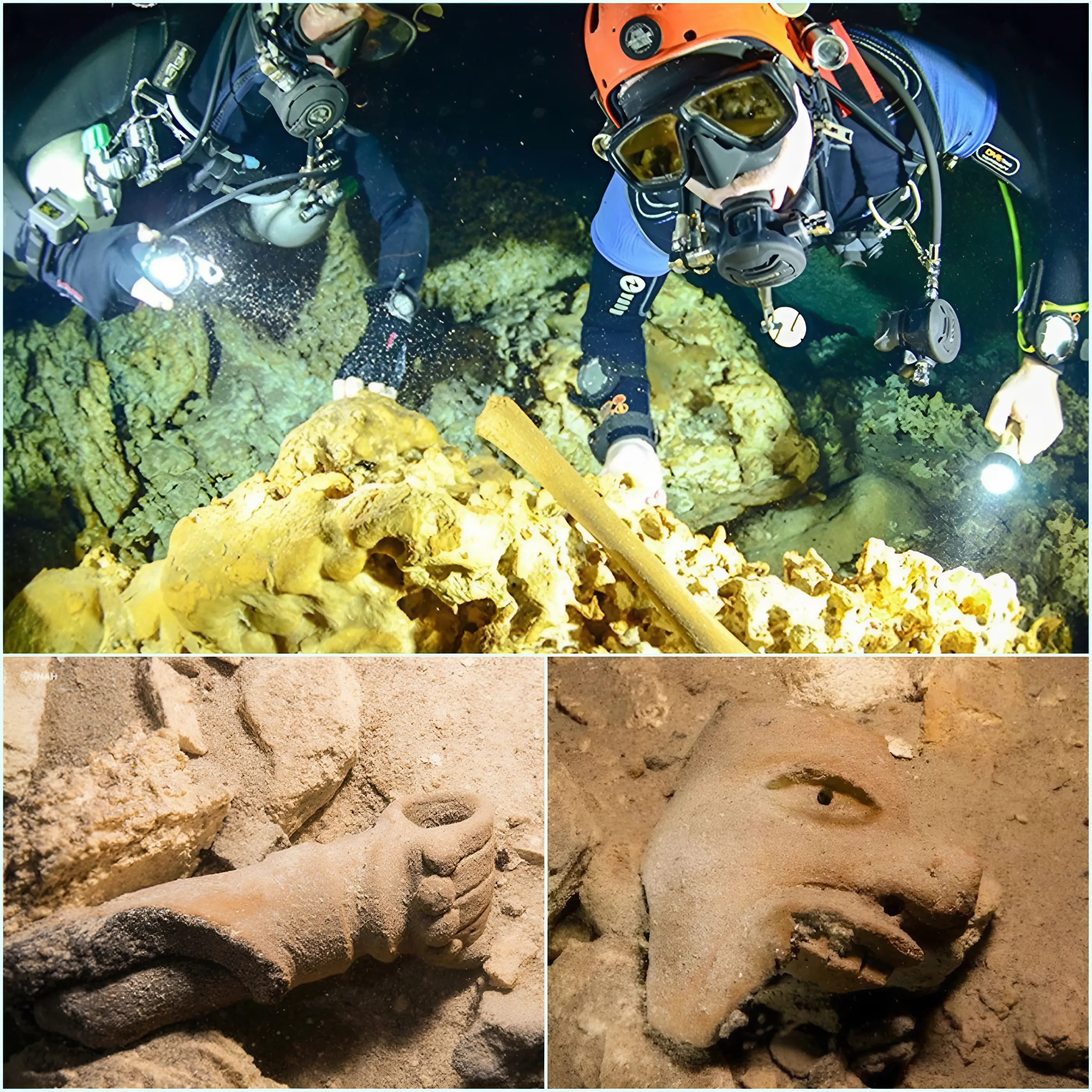
The cave system, known as Sac Actun, was recently found to extend over 263 km (163 miles) and connects with the 83 km (52 miles) Dos Ojos system, establishing it as the largest such structure on the planet. Equipped with SCUBA gear, researchers sponsored by Mexico’s National Institute of Anthropology and History (INAH) have delved into these submerged caves, uncovering relics that have remained undisturbed for millennia.
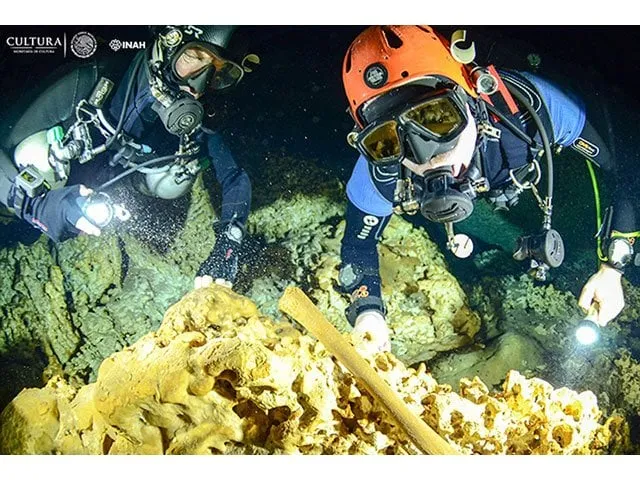
These caves are believed to have fluctuated in water levels over time, serving as a crucial water source during periods of severe drought, albeit one fraught with risks. The remains found within, both animal and human, offer a wealth of scientific insight into the cave’s history, stretching back to the Pleistocene epoch (2.6 million to 11,700 years ago).

Among the animal remains discovered are gomphotheres, an ancient elephant-like species, along with giant sloths and bears. These findings not only enrich our understanding of the region’s ecological past but also shed light on ancient Mayan interactions with their environment, exemplified by the shrine dedicated to their god of commerce found deep within these submerged chambers.
